overleaf template galleryLaTeX templates and examples — Recent
Discover LaTeX templates and examples to help with everything from writing a journal article to using a specific LaTeX package.

Integrals
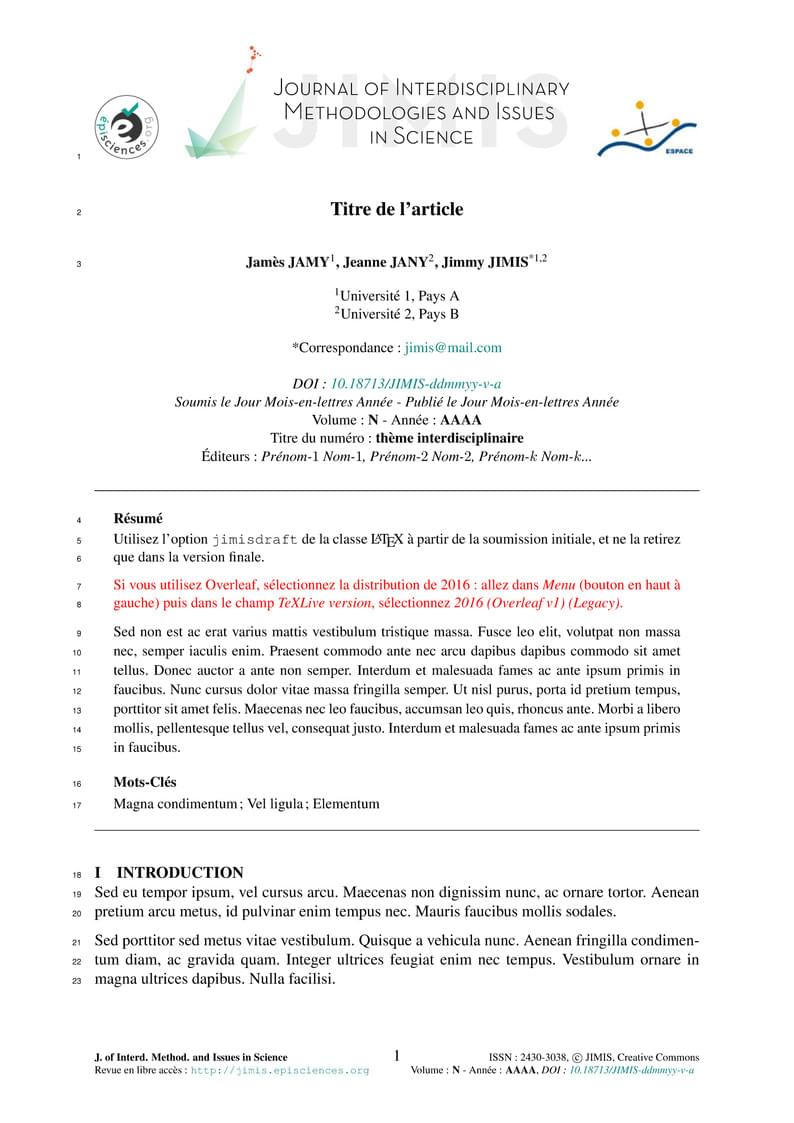
This template is aimed to be used for articles written in French and submitted to the Journal of Interdisciplinary Methodologies and Issues in Science (JIMIS).
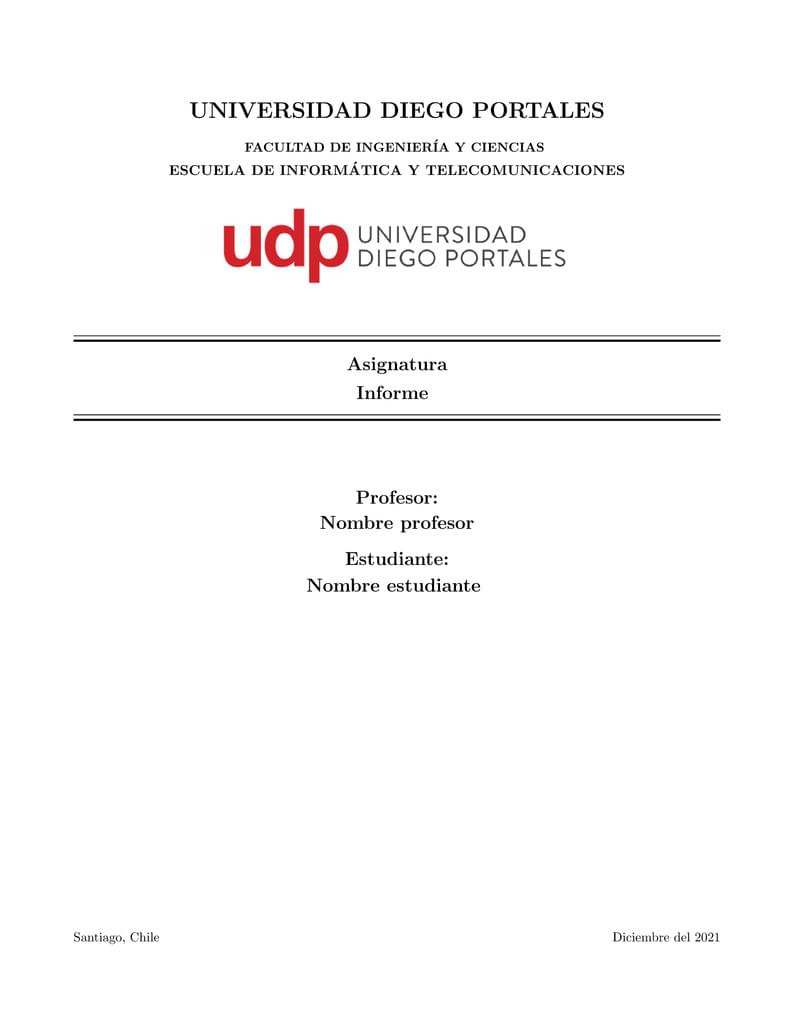
Plantilla de informe para Universidad Diego Portales de Chile, facultad de Ingeniería y Ciencias.
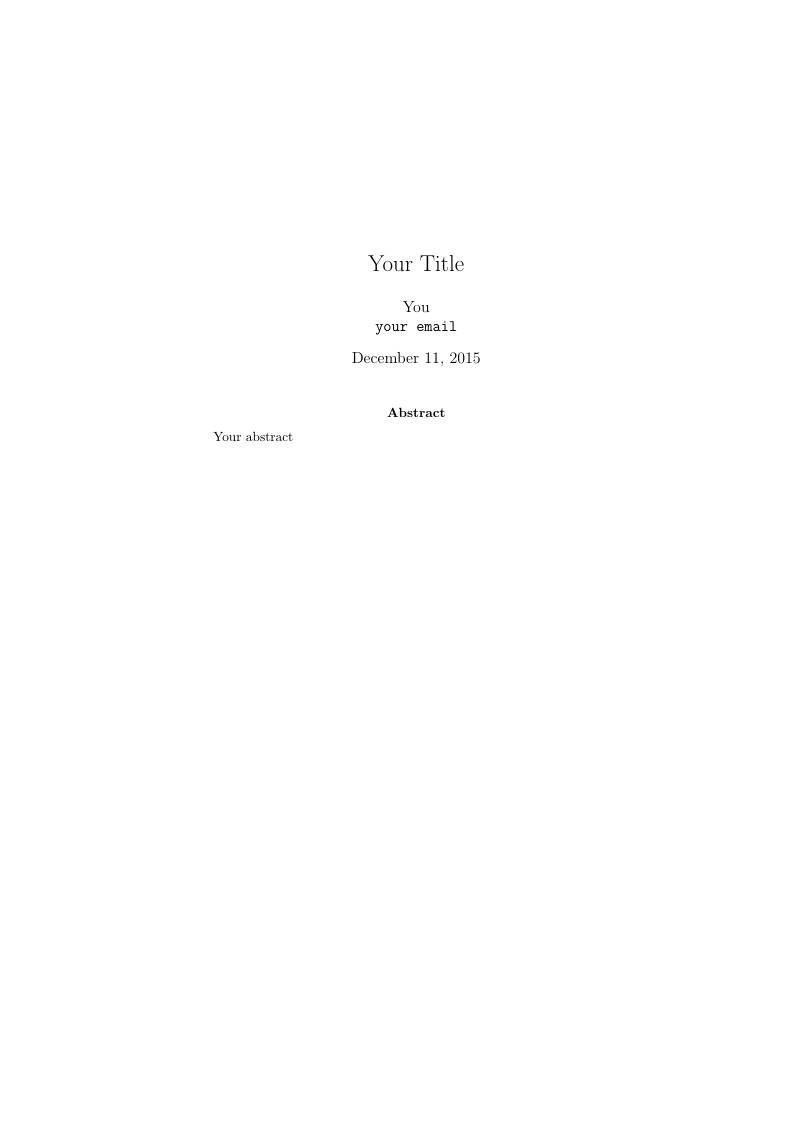
Mall för rapporter
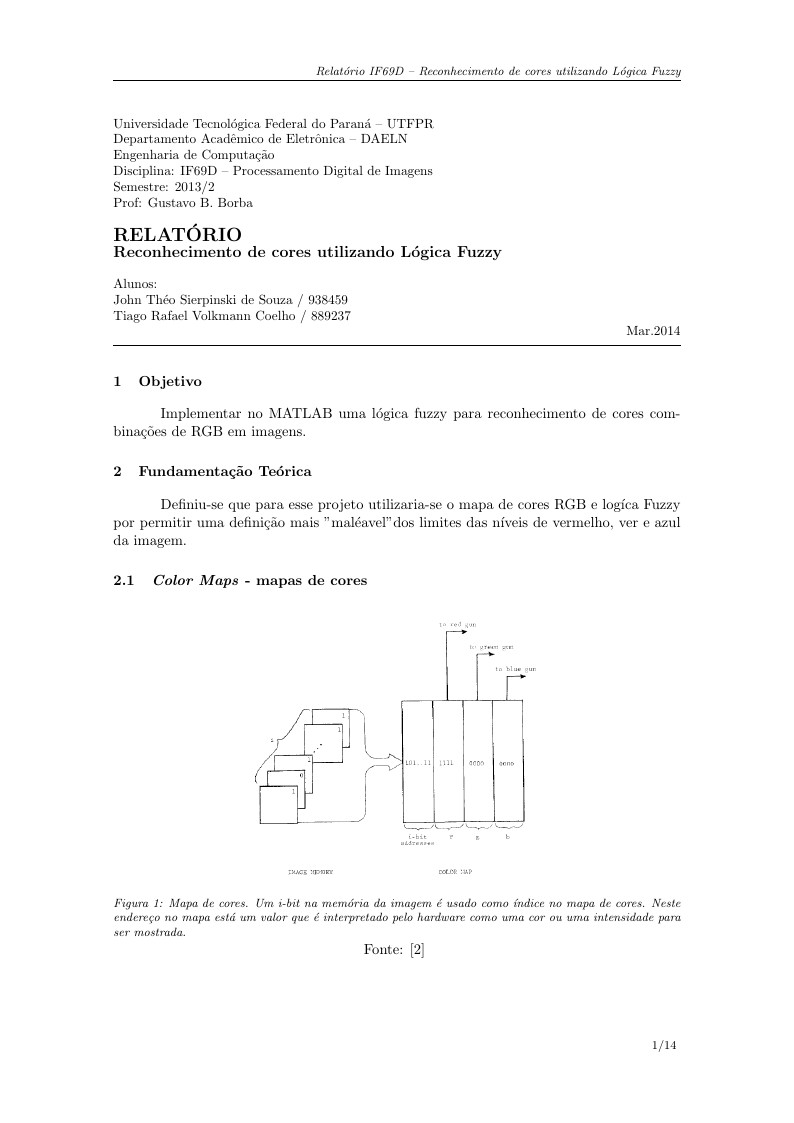
UTFPR Report temaplate
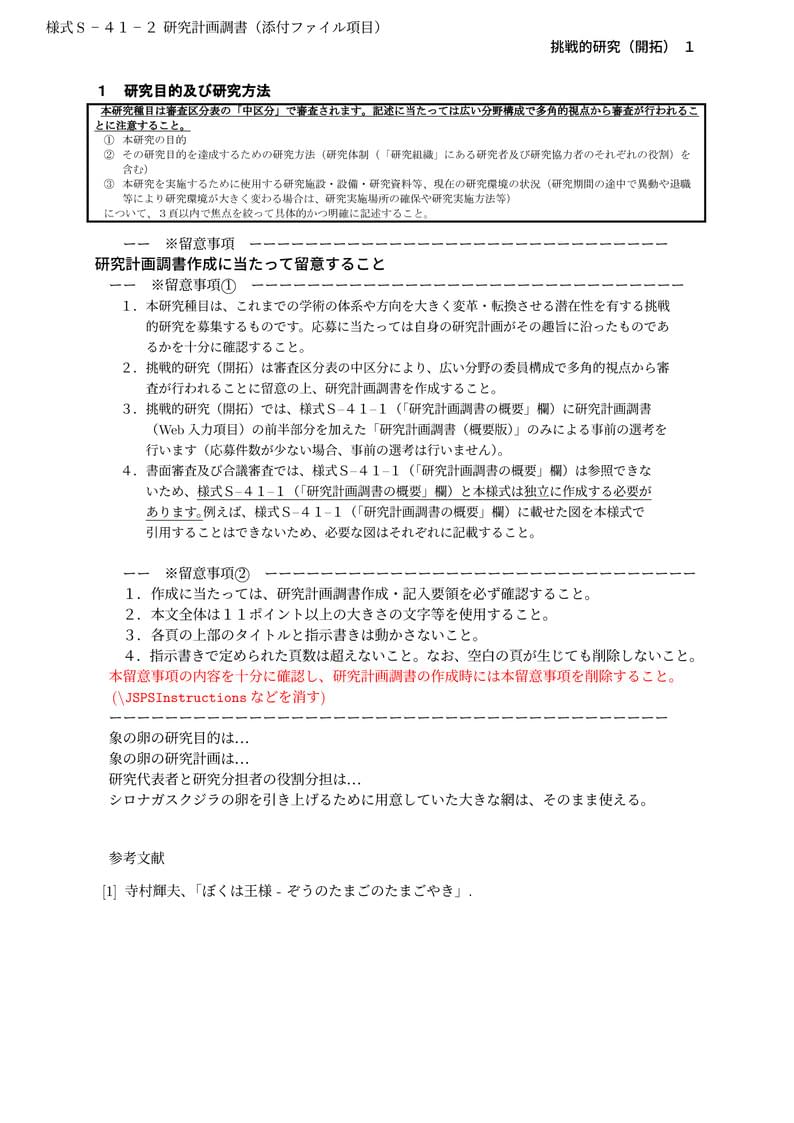
山中 卓 (大阪大学 大学院理学研究科 物理学専攻)先生が作成された科研費LaTeXを、坂東 慶太 (名古屋学院大学) が了承を得てテンプレート登録しています。 詳細はこちら↓をご確認ください。 http://osksn2.hep.sci.osaka-u.ac.jp/~taku/kakenhiLaTeX/
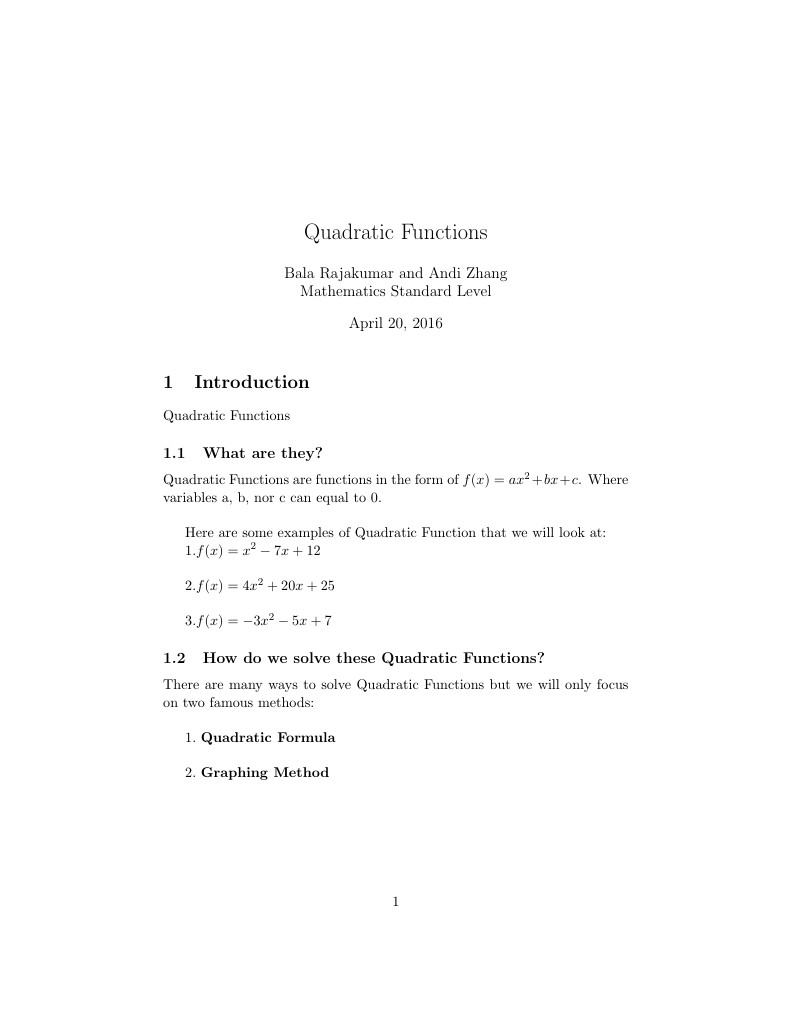
Notes on quadratic functions for Mathematics Standard Level (Hey Mr.Zamar)
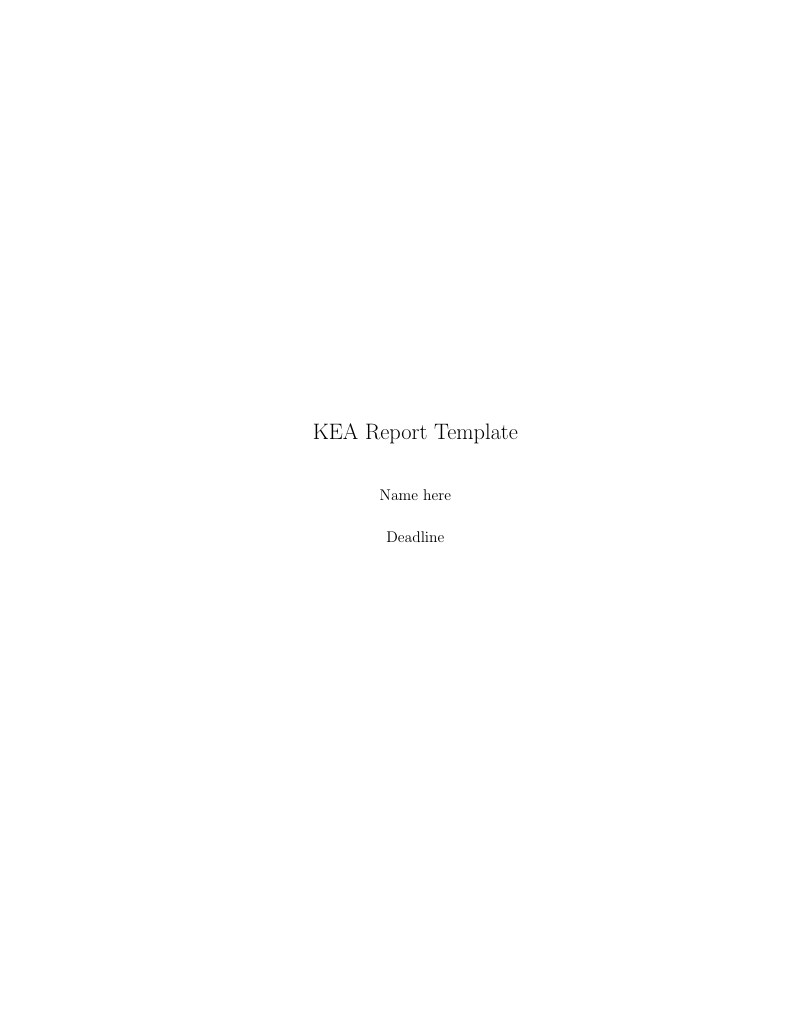
The Basic KEA report template from IT Technology 2017. Just a basic template to base the report upon
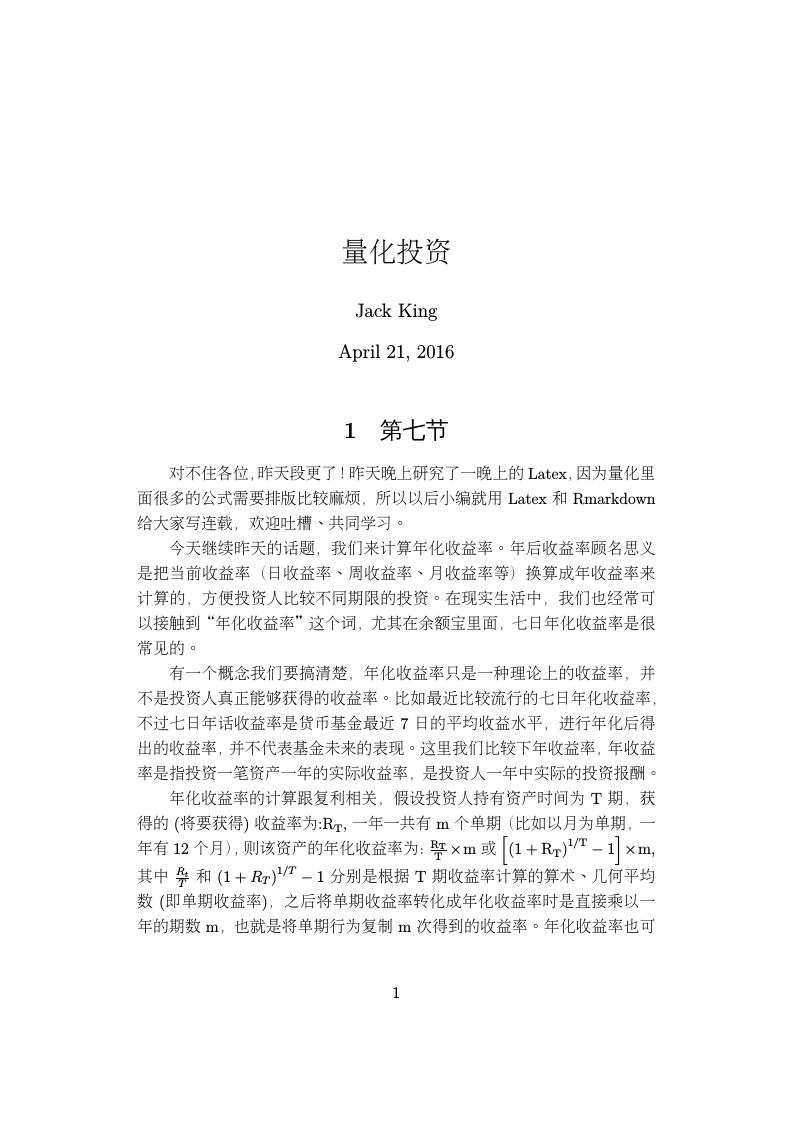
this article is mainly to introduce R quant!
\begin
Discover why over 20 million people worldwide trust Overleaf with their work.